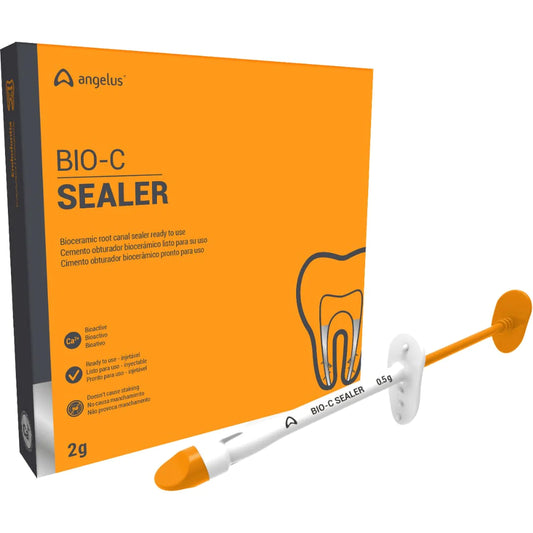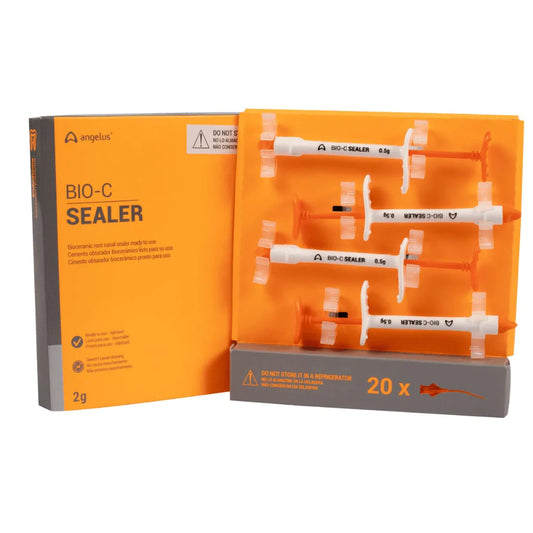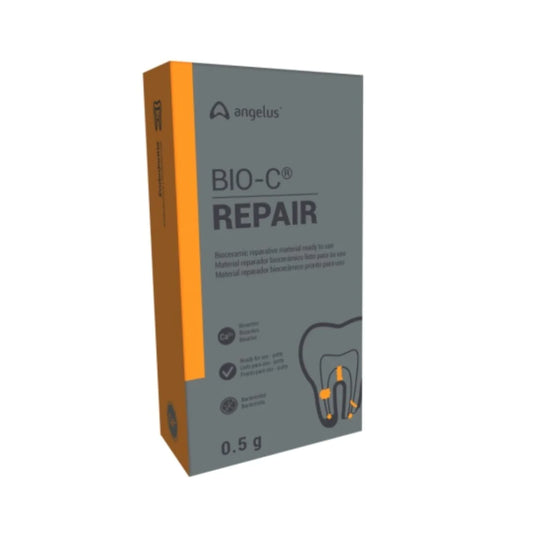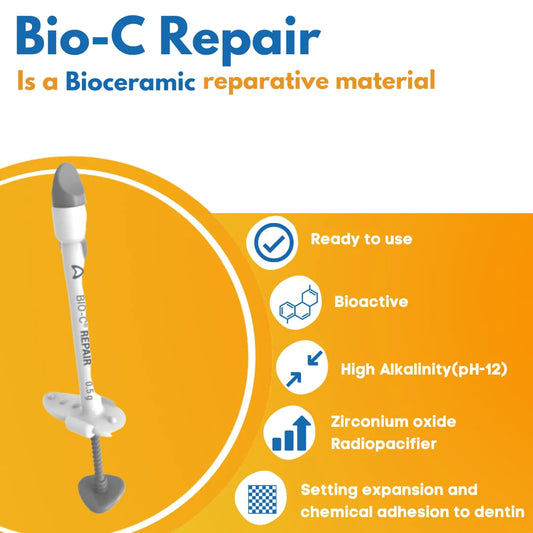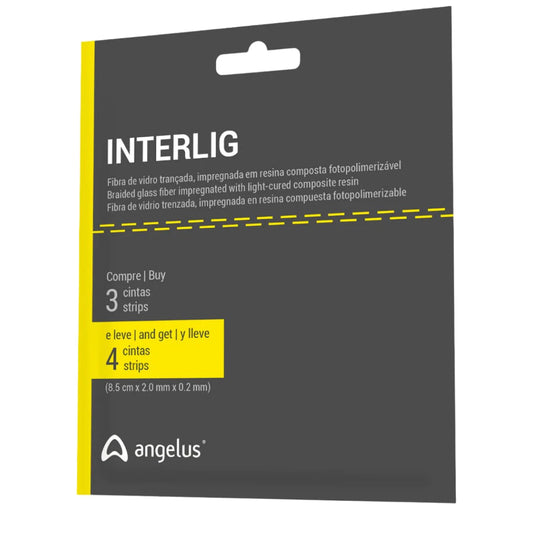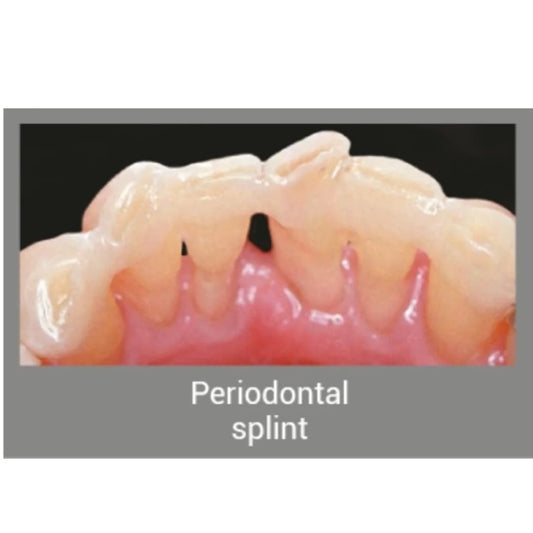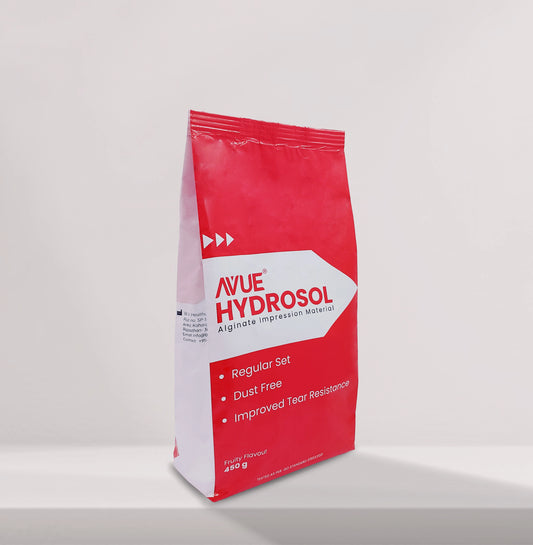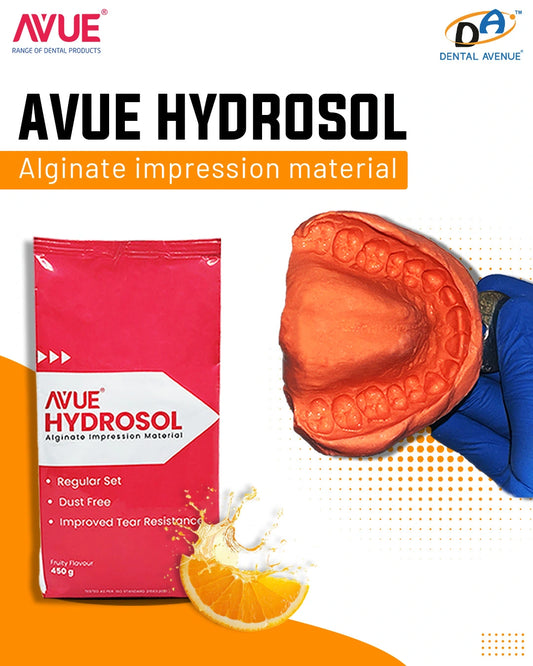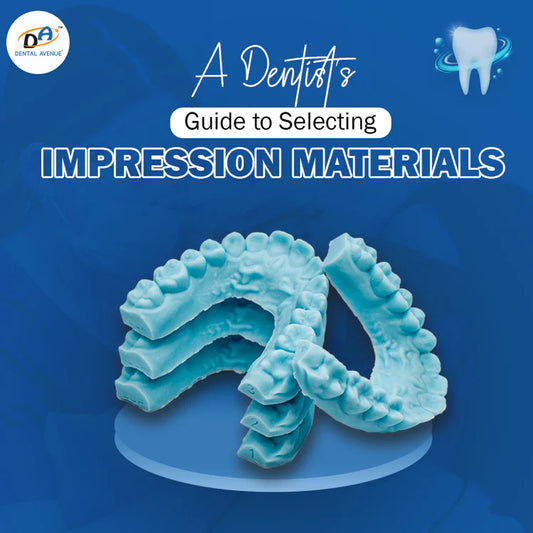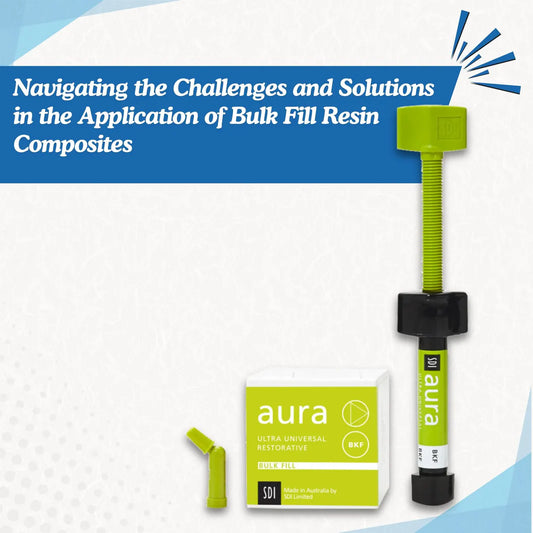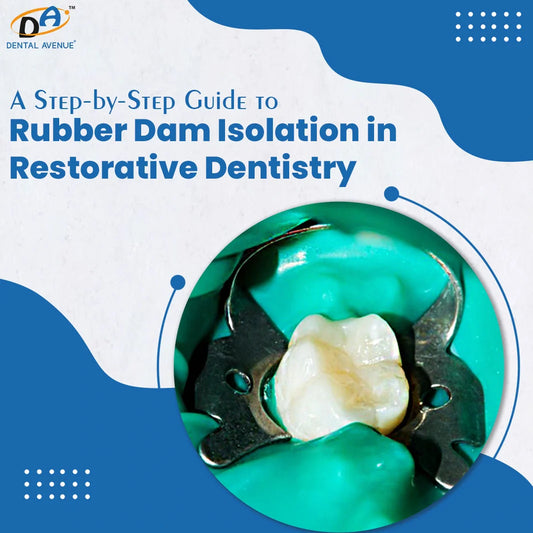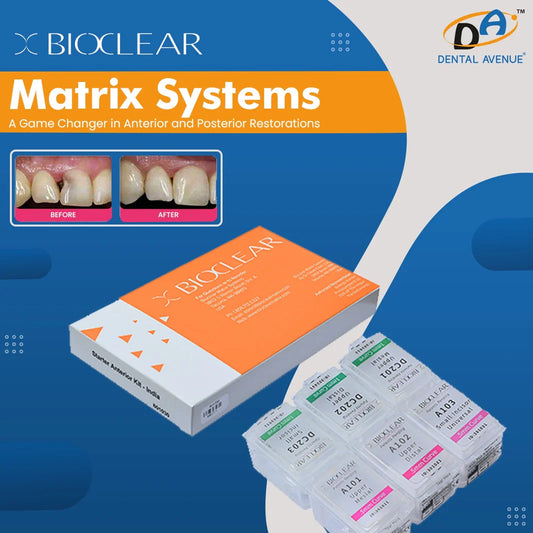Wisdom tooth removal (impacted wisdom teeth removal) is the one dental surgery almost everybody hears about sooner or later. Even so, the process can still take people by surprise for a while. They wake up to a jaw ache, swollen cheeks, and a mouth that feels like it barely works.
A total of 70 adult patients with post-operative complications following dental extractions were evaluated. Data were analyzed using SPSS. Most complications occurred in the 31–40 age group (21.6%), followed by 21–30 (20.2%) and 61–70 years (20.2%).
Dry socket (39.19%) was the most common complication, particularly in the 31–40 age group. A statistically significant association was found between age and post-extraction complications (p<0.001).
Complications were more common in males, with age being a significant factor. Gender, smoking, and systemic diseases showed no influence.
Saravanan K, Santhosh Kumar MP. Assessment of post extraction complications in Indians. Bioinformation. 2021;17(12):1120-1125. doi:10.6026/973206300171120. PMID: 35291349; PMCID: PMC8900160.
Researchers have found that the first few days after extraction are usually the most challenging, but things improve once patients follow the recovery instructions. A step-by-step recovery guide can make a difference. It informs the patient what to expect, what to avoid, and what to do when it does not work out.
Wisdom Teeth Removal Recovery Plan & Timeline
Initial Post-Extraction Care (Day 0–1)
-
The clock on recovery starts ticking the minute the last suture is in place. The patient should bite firmly on a gauze pad for approximately 30 minutes to stop bleeding.
-
Light, constant pressure helps the blood clot form properly.
-
After removing the gauze, mild oozing is normal, but there should be no heavy bleeding.
-
Rest and elevation go hand in hand. Propping the head up lets gravity do the heavy lifting on swelling.
-
Using an ice pack for 20 minutes on and off is recommended, which helps keep the cheek cool and significantly reduces wisdom tooth extraction swelling.
-
Avoid rinsing, spitting, or using a straw right now. Those moves can cause the blood clot to disintegrate from the socket, leading to a painful Condition Known as Dry Socket.
-
Patients generally feel numb and slightly uncomfortable. Any normal pain can be managed with prescribed analgesics (ibuprofen and acetaminophen).
Recommended Read - 7 Types of Dental Composite You Should Know
Early Wisdom Teeth Recovery Time (2-4 Days)
-
Day 3 is usually when the swelling and pain hit their peak.
-
Stick with cold packs and take your medicines on time to stay ahead of the pain.
-
Soft and cool foods are your best friends for the first few days. Patients can opt for ice cream, yoghurt, smoothies, or soup, all of which can be eaten with a spoon, or mashed potatoes. These are gentle to the healing tissues.
-
To aid the healing, ensure you stay hydrated and have water or herbal tea whenever possible. Wait on soda, alcohol, or any carbonated drinks.
-
On the day following surgery, brush your teeth, but avoid the area near the extraction site. It is advised to gently rinse with ½ teaspoon warm salt water (2 or 3 times) after 24 hrs following extraction, to ensure germs are washed without disturbing the clot.
Advanced Healing (Days 5–7 and Beyond)
By days 4 to 7, most patients begin to notice a significant reduction in pain and swelling associated with wisdom tooth extraction. At this stage, patients may continue with a soft diet while gradually reintroducing solid foods as tolerated. Once the swelling subsides, the dentist may advise resuming gentle brushing around the surgical area.
If sutures were placed, they will typically dissolve on their own or be removed within 1–2 weeks.
Some residual tenderness or sensitivity is normal during the healing process of tissues.
However, if pain worsens after day 4–5, or if swelling increases along with fever, bad breath, or a foul taste, it may indicate an infection or dry socket. In such cases, patients must consult their dentist immediately.
Dentists sometimes use temporary tooth filling material (e.g., zinc oxide eugenol) to protect or pack the socket and manage pain.
General Wisdom Tooth Recovery Timeline
Healing varies depending on factors such as patient age, oral hygiene, and surgical complexity.
- Most patients can return to school or desk-based work within 3–5 days.
- Soft tissue healing usually completes within 1–2 weeks.
- Although gum tissue may seal in 1–2 weeks, underlying bone healing can take several months.
- After 2 weeks, most patients can safely resume a regular diet and routine activities.
Post-Extraction Care: What to Do After Wisdom Tooth Removal
Pain and Swelling Management
Post-operative inflammation is normal. Effective pain control is essential:
- Take prescribed medications as directed. A combination of acetaminophen and ibuprofen is commonly recommended.
- Use ice packs during the first 48 hours (cryotherapy is clinically proven to reduce swelling).
- After 48 hours, warm compresses can help improve circulation and healing.
- Avoid hot food and beverages during the initial few days.
- Anti-inflammatory medications such as NSAIDs (or corticosteroids, if prescribed) are commonly used after surgical extraction of impacted wisdom teeth.
Diet and Lifestyle Precautions
- Stick to a soft diet: e.g., yoghurt, ice cream, mashed potatoes, soup, scrambled eggs.
- Avoid hard, crunchy, or chewy foods, such as chips, nuts, or raw vegetables, until full healing has occurred.
- Do not smoke or consume alcohol for at least 5 days. Smoking significantly increases the risk of developing a dry socket.
- Avoid acidic or sugary beverages like soda or lemonade.
- Do not bend at the waist; keep your head elevated.
- Avoid heavy lifting or strenuous exercise for at least a week, as physical exertion may trigger renewed bleeding or swelling.
Recommended Read: The Latest Dental Products for Optimal Oral Care
Possible Side Effects After Wisdom Tooth Removal
1. Dry Socket (Alveolar Osteitis)
The most common complication. It occurs when the protective blood clot dislodges from the socket, exposing bone and nerves. This results in intense pain and requires prompt dental care.
2. Infection
Signs include worsening pain after day 4, bad breath, pus discharge, and fever. Immediate dental intervention is necessary.
3. Nerve Injury
Rare in routine extractions, but injury to the inferior alveolar or lingual nerve can lead to temporary or permanent numbness in the lip, chin, or tongue.
Evidence based treatment options for Alveolar Osteitis(dry socket)
References: Tarakji B, Saleh LA, Umair A, Azzeghaiby SN, Hanouneh S. Systematic review of dry socket: aetiology, treatment, and prevention. J Clin Diagn Res. 2015;9(4):ZE10–ZE13. doi:10.7860/JCDR/2015/12422.5840. PMID: 26023661; PMCID: PMC4437177.
As stated in the article, the treatment options for dry socket are based on the evaluation of 9 studies:
1. Antibiotics (2/9 articles)
Vessal G et al. [16] and Bezerra TP et al. [17] reported that amoxicillin is the most commonly used antibiotic.
2. Sutures & Local Hemostatic (2/9 articles)
– Osunde OD et al. [18]: Operation time was longer in the multiple sutures group, but pain, swelling, and trismus were significantly less in the suture-less group, with no overall difference between groups.
– Svensson R, Hallmer F et al. [19]: Use of local hemostatic, primary closure, sutures, and tranexamic acid showed low risk of postoperative bleeding in patients on warfarin.
3. Low-Level Laser, Alvogyl, Salicept Patch (1/9 article)
Kaya G. et al. [20]: No significant difference between Alvogyl and SaliCept patch, but laser therapy showed significantly better outcomes.
4. Eugenol vs. Thermosetting Gel (1/9 article)
Burgoyne CC et al. [21]: No significant difference in pain control between eugenol on gauze and gel with 2.5% prilocaine & 2.5% lidocaine.
5. GECB Pastille (1/9 article)
Abbas Haghighat et al. [22]: GECB (3% Guaiacol, 3% Eugenol, 1.6% Chlorobutanol) more effective than ZOE in reducing post-extraction complications.
6. PRGF – Plasma Rich in Growth Factors (2/9 articles)
– Afshin Haraji et al. [23]: PRGF significantly reduced AO incidence and pain, and accelerated healing.
– US Pal et al. [24]: PRGF with gelatin sponge showed better healing; however, ZOE gave faster symptomatic pain relief.
Evidence based Preventive Measures
Tarakji B, Saleh LA, Umair A, Azzeghaiby SN, Hanouneh S. Systemic review of dry socket: aetiology, treatment, and prevention. J Clin Diagn Res. 2015;9(4):ZE10–ZE13. doi:10.7860/JCDR/2015/12422.5840. PMID: 26023661; PMCID: PMC4437177
We evaluated 12 articles describing methods to prevent dry socket:
1. Antibiotics (3/12 articles)
Pharmacologic prevention includes post-extraction antibiotic use and antiseptic rinses, recommended mainly for patients with a history of multiple dry sockets or those immunocompromised.
– Ishihama K et al. [25]: Azithromycin was significantly more effective than penicillins and cephalosporins in third molar surgery.
– Bezerra TP et al. [17]: Amoxicillin 500 mg showed no significant difference in dry socket incidence.
– Winiewska I et al. [26]: Lincomycin on Beta-TCP reduced pain, trismus, and alveolar atrophy, showing preventive benefits.
2. Chlorhexidine (8/12 articles)
Due to concerns over antibiotic resistance, chlorhexidine rinses/gels were studied as alternatives.
– All studies [27–34] reported a significant decrease in alveolar osteitis incidence with chlorhexidine in various forms.
3. “Gelatamp” (1/12 article)
– Wang YZ et al. [35]: “Gelatamp” (colloidal silver gelatin sponge) effectively prevents dry socket after tooth extraction.
Frequently Asked Questions (FAQs)
- Swelling
- Bruising
- Jaw stiffness
- Bleeding
- Temporary numbness from anesthesia
- Rare complications include dry socket, infection, or nerve injury.
Don’t: Use straws, smoke, rinse/spit forcefully, chew hard foods, brush near extraction site, and avoid alcohol for at least 24–48 hrs.

